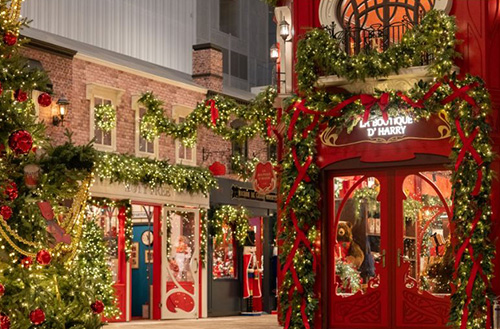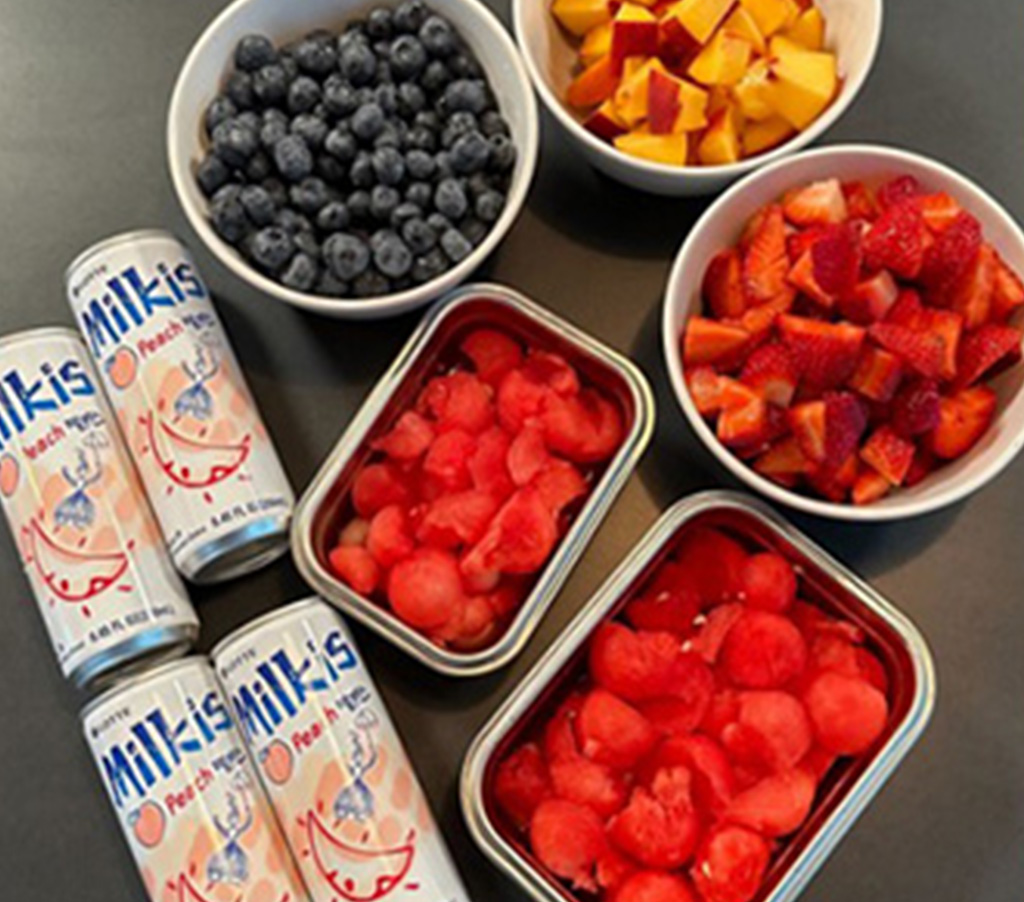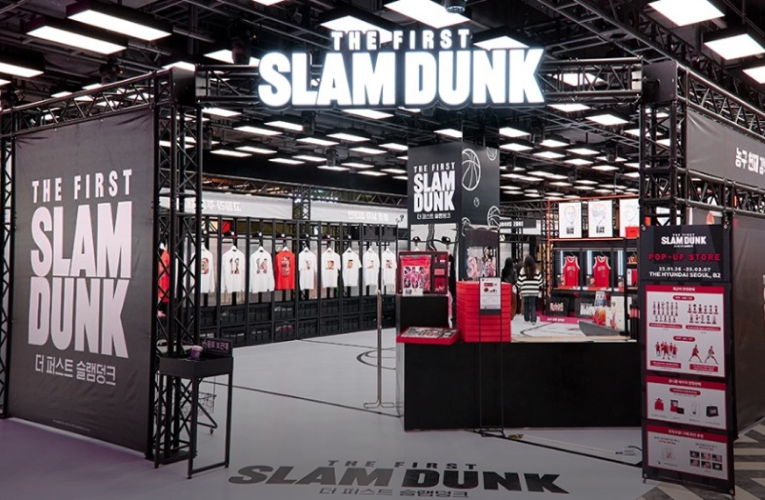

#Staff Column
2023.06.21
2 LIKE
2,575 VIEW
-
-
- 메일 공유
-
https://stories.amorepacific.com/en/the-focused-gaze-of-global-brands-on-south-korea
The Focused Gaze of Global Brands on South Korea

Columnist | Introducing the columns written by member of Amorepacific Group
Casual Trend Insights
Part 2. The Focused Gaze of Global Brands on South Korea
Part 2. The Focused Gaze of Global Brands on South Korea

Columnist
Choi HanBit
Amorepacific HERA MC Team
Amorepacific HERA MC Team
The Advent of an Era of National Luxury
The year 2022 bore witness to an unprecedented surge within the South Korean department store industry. Revenue generated by the Shinsegae Department Store's Gangnam branch soared to an estimated 2.85 trillion won, while the Lotte Department Store's
Jamsil branch reported an equally impressive, estimated figure of 2.4 trillion won. Nationwide, an astonishing 11 branches eclipsed the 1 trillion won threshold in sales. Of particular note was the revenue of Shinsegae's Gangnam branch, which surpassed
globally renowned counterparts, including France's Galeries Lafayette in Paris and Japan's Isetan Shinjuku in Tokyo. Industry insiders attribute this explosive sales growth to the formidable power of "Her-Lou-Cha" (Hermes, Louis Vuitton, Chanel). Indeed,
with the proportion of luxury sales forming part of Shinsegae Department Store's total revenue escalating from roughly 16% in 2019 to 25% in 2021, and further rising to approximately 26% in 2022, it's no exaggeration to assert that South Korea has effectively
transformed into a veritable republic of luxury. The size of the Korean luxury market currently ranks 7th globally, and last year, per capita luxury consumption exceeded that of China, placing Korea at the pinnacle of worldwide rankings (*Source: Morgan
Stanley). This trend is shown vividly in phrases capturing the recent public sentiment, such as "Chanel Homeless Run" and "Luxury is cheapest today," which encapsulate the fervor of the domestic luxury consumption market.
In recent times, K-content's enhanced stature within the global market has piqued the interest of numerous worldwide luxury brands, with their collective gaze now being increasingly fixated on South Korea. Such popular brands see South Korea as a prospective
testing ground for the burgeoning Asia-Pacific market. Within this part, we delve into the intricate methods by which these global entities are taking note of the Korean market.
Global Luxury Brands with Seoul in the Spotlight
#Louis Vuitton, Pre-Fall Fashion Show @Jamsugyo Bridge (April 29, 2023)
 ▲Source : Louis Vuitton
▲Source : Louis Vuitton
Louis Vuitton unfurled its '2023 Pre-Fall Fashion Show' against the picturesque backdrop of the Sebit Islands in the Han River. The term 'Pre-Fall' refers to an inter-seasonal collection that is unveiled ahead of the regular FW repertoire. Louis Vuitton
drew a considerable amount of attention by opting to stage its inaugural Pre-Fall event in South Korea. The show's conceptualization and stage design were the brainchild of director Hwang Dong-hyuk, the visionary behind the hit series Squid Game, while
model Jung Ho-yeon graced the event's opening. Louis Vuitton, having entered into a Memorandum of Understanding with the Korea Tourism Organization, declared an array of planned activities that include incorporating fresh Han River-themed content within
its 'Louis Vuitton City Guide Collection Seoul Edition,' and establishing a book kiosk at the pedestrian-friendly Jamsugyo Bridge 'On-Foot Festival' to foster closer interaction with the citizens of Seoul.
#Gucci, Unveiling of the 2024 Cruise Collection @Gyeongbokgung Palace (May 16, 2023)
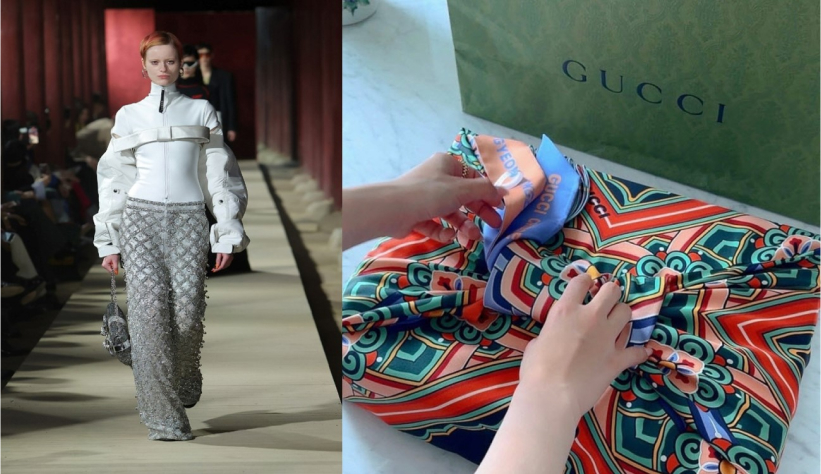 ▲Source : Gucci
▲Source : Gucci
Gucci, with the venerable Gyeongbokgung Palace's Geunjeongjeon as its stage, introduced a diverse collection of apparel and accessories that melded traditional Korean dress styles with Gucci's distinctive flair. Showcased pieces included A-line dresses
that captured the generous volume of the Hanbok skirt, along with outfits featuring silk bands, an innovative application inspired by the 'Gorum' of the Hanbok. Additionally, a variety of sportswear was unveiled, drawing inspiration from Seoul's daily
life, such as the wetsuits sported by windsurfers and jet skiers on the Han River. Gucci declared their intention to use this fashion show as a platform to promote the splendor of Korean cultural heritage to the world, intertwined with Gucci's fashion
sensibilities. It's worth noting that around 9% of Gucci's total global sales stem from the Korean market. This purchasing power might well be why, following the inauguration of Gucci Gaok in 2021, the fashion house has launched a suite of consecutive
marketing campaigns specially designed for the Korean market.
The Transition of Style Icons for Global Luxury Brands
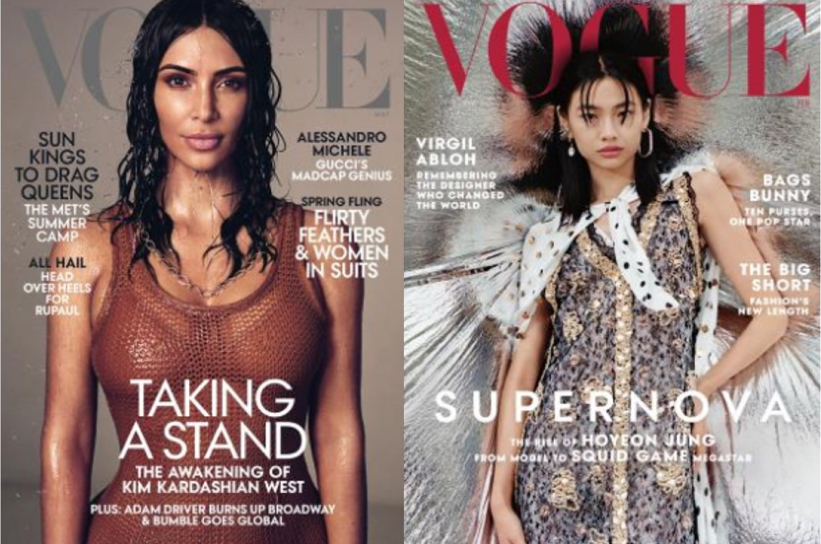 ▲Source : VOGUE
▲Source : VOGUE
Historically, luxury brand ambassadors have been primarily Western actors or pop stars. While these brand ambassadors certainly play a role in product promotion by wearing the brands, they hold a more significant role in embedding the brand's identity
and image in the public consciousness. For these reasons, luxury brands have historically striven to transmit their image through sensual and sophisticated supermodels. However, the sway of K-content is currently redefining the beauty norms of luxury
brands. CNN provided an analysis in January, suggesting that Dior's appointment of BTS's Jimin as a brand ambassador was a "clear indication of Korea's burgeoning significance in global luxury fashion houses." A noteworthy development is the emergence
of younger, fourth-generation idols on this stage, in addition to globally renowned third-generation artists, such as BTS and BLACKPINK.
The International Ambassadorial Showdown of Fourth-Generation K-pop Idols
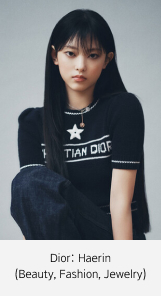
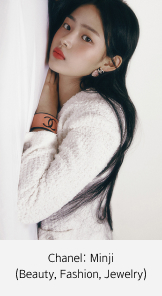
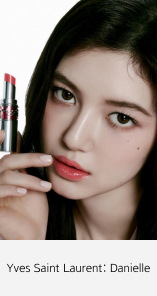
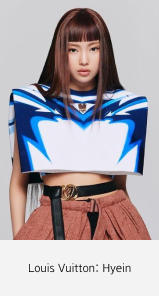
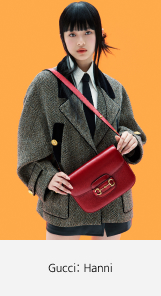
Making their debut in the previous year, the ensemble NewJeans has seen all of its members ascend to the distinguished position of global brand ambassadors within just nine months of their inception. Remarkably, NewJeans sets itself apart among the fourth-generation
girl groups, with each member distinctively embodying a separate international brand. As of November 2022, Hanni has taken up the mantle for Gucci and Giorgio Armani, whereas Danielle is at the forefront for Burberry and Yves Saint Laurent. Hyein, the
youngest member, has drawn considerable attention by becoming the most youthful Louis Vuitton ambassador at the tender age of 14. Minji and Haerin have each become subjects of intrigue, appointed as ambassadors for three sectors — jewelry, fashion,
and beauty — for Chanel and Dior, respectively.
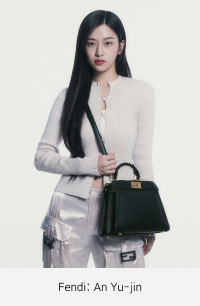
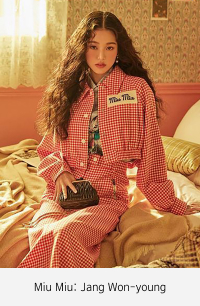
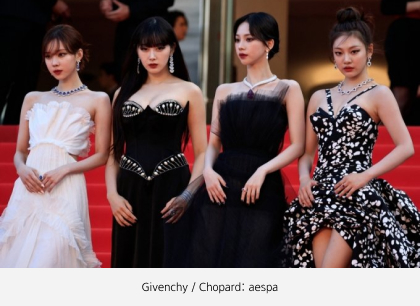
From the group IVE, Jang Won-young, affectionately known as the "president of elementary school students" for the substantial support they garner from this demographic, serves dutifully as a global ambassador for Miu Miu and Fred. An Yu-jin holds the
distinguished role of Korean ambassador for Fendi. Moreover, the entire assembly of 'aespa' have been appointed as ambassadors for Givenchy and Chopard, even making a noteworthy appearance at the Cannes Film Festival as official partner brand ambassadors.
A noteworthy development has been the rise of YouTube videos, such as the "16-year-old Luxury Shopping Vlog" and the "10 Million Won Shopping Spree to Commemorate My 18th Birthday," which have generated substantial traction among viewers. There are
concerns that these high-profile ambassadorial activities by fourth-generation idols may well be spurring luxury consumption among the teenage demographic.
To Conclude
The high degree of attention that Korea has been attracting from global brands likely stems from the combined effects of the escalating influence of K-Content and the robust growth of Korea's luxury market. In 2022, luxury goods made up an impressive
26% of the total sales of the Shinsegae Department Store with the performance of Shinsegae's Gangnam branch even eclipsing that of renowned global department stores, such as Paris's Galeries Lafayette and Tokyo's Isetan Shinjuku. Remarkably, Korea's
luxury market ranks seventh globally, and in the past year, the per capita luxury expenditure surpassed that of China, recording the highest in the world. (*Source: Morgan Stanley) Popular phrases including "Chanel Homeless Run" and "Luxury is cheapest
today" are illustrative of the pulse of Korea's vibrant luxury consumption market.
However, since the beginning of this year's first quarter, the previously upward trajectory of the domestic luxury market appears to have decelerated somewhat. The luxury sales figures for the first quarter from the three leading domestic department stores showed a slight reduction of 0.6%. Industry analysts cite several potential factors including an economic downturn leading to an erosion of asset values, a post-pandemic surge in overseas travel, and the rise of what are often termed as semi-luxury brands like Maison Margiela.
The pivotal role Korea now occupies within the global cultural landscape is beyond doubt significant. Global luxury brands are focusing intensively on Korea, igniting a profusion of analytical commentaries in international media platforms. Even as the luxury market's expansion potentially reaches a plateau, whether this heightened interest will endure continues to be an intriguing subject for future scrutiny.
However, since the beginning of this year's first quarter, the previously upward trajectory of the domestic luxury market appears to have decelerated somewhat. The luxury sales figures for the first quarter from the three leading domestic department stores showed a slight reduction of 0.6%. Industry analysts cite several potential factors including an economic downturn leading to an erosion of asset values, a post-pandemic surge in overseas travel, and the rise of what are often termed as semi-luxury brands like Maison Margiela.
The pivotal role Korea now occupies within the global cultural landscape is beyond doubt significant. Global luxury brands are focusing intensively on Korea, igniting a profusion of analytical commentaries in international media platforms. Even as the luxury market's expansion potentially reaches a plateau, whether this heightened interest will endure continues to be an intriguing subject for future scrutiny.
-
Like
2 -
Recommend
0 -
Thumbs up
0 -
Supporting
0 -
Want follow-up article
0



